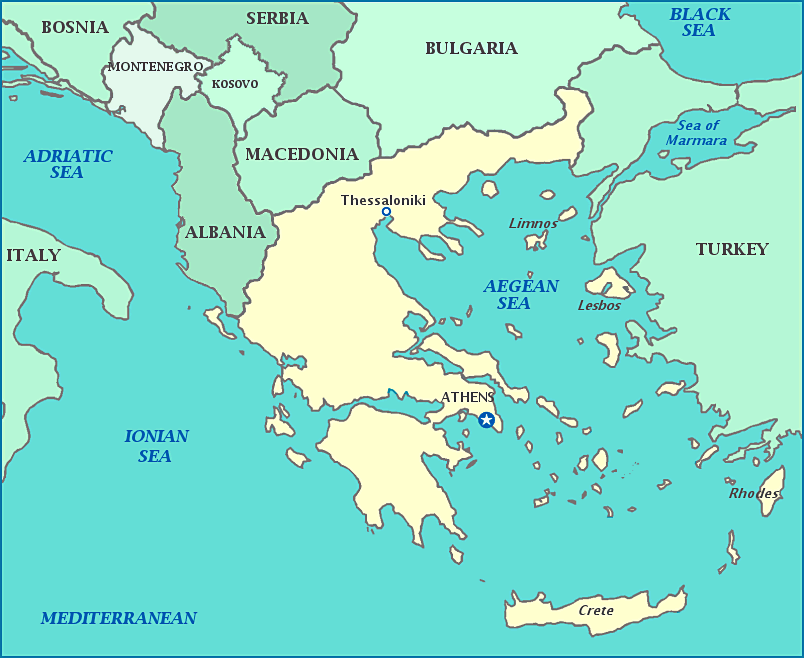World War I - at a time when the revolutionary tumult in
Russia continued - were gathered up by Japanese officials,
then the occupying power there, and boarded onto the
Japanese ship 'Hei Mei Maru' for the trip from Vladivostok
to Turkey in February 1921.
Herewith the story of their bizarre journey, excerpted from
"Milli Mücadele'de Türk ve Yunan Esirler (1919-1923)" by
Prof. Dr. Cemalettin Taşkıran.//
2-wars captivity click here for another TNT report about
Turkish POWs from WWI freed from Greek captivity 8
years later.
------------------------------------------------------------------------

The 'Hei Mei Maru'
The power vacuum in Russia's far east was an opportunity for
Japan, which landed its soldiers at Vladivostok in April 1918. The
Japanese extended their sway all the way to Lake Baikal in
Siberia. Meanwhile, Turkish POWs from the Great War were
caught amid the Bolshevik-Menshevik fighting so the Japanese
gathered them at camps in Vladivostok and Novinikolstusursky.
Japan decided to send the Turks back to Turkey by ship and made
a related agreement with the shipping firm Katsuva at a cost of
48,000 British pounds. The Ottoman government in Istanbul
sent this amount to the British occupation authorities in Istanbul
for transfer to London and from there to the Japanese. However,
the British, seeing the returning POWs as a threat to their
interests in Turkey, slowed the process and only at the end of
1920 was the money sent to London from Istanbul.
The ship 'Hei Mei Maru' (Shining Peace) was sent to Vladivostok,
where 1,030 individuals were brought on board. Of these, 12 were
the wives of Turkish POWs. The Japanese captain, Lt. Commander
Tsomora, greeted the Turks with a stirring speech about the Asian
links between the Japanese and the Turks. Besides Tsomora, there
was also a Japanese of captain's rank and a doctor of major's rank
on board. The Turkish flag was raised on the ship, which departed
Vladivostok on 23 February 1921.
There were to be no stops along the 45-day, 20,000-kilometer trip
to Istanbul, except to load water at Colombo, Ceylan. The passengers
slept in 3-man bunks and had enough food to live on. On 3 April,
the ship entered the Aegean Sea, passed Rhodes and Kerpe islands
on 4 April and came alongside Midilli (Lesvos) Island on 5 April.
At that time, though, the Greeks and Turks were engaged in a hot
war in Anatolia, so Greek warships stopped the Hei Mei Maru and
demanded that the Turks on board be surrendered to them.

45-day, 20,000-kilometer journey from Vladivostok, upper
right, to Turkey, upper left, with 1 water stop at Colombo,
Sri Lanka, upper center.
Tsomora refused to give up the Turks, noting that his orders, signed
by the Allied Powers, were to deliver the Turks to Istanbul. The
Greeks, however, having just suffered defeat in the First Battle of
İnönü in Anatolia, needed the Turkish POWs for counter-propaganda.
The Hei Mei Maru was led to Athens's port of Piraeus but Tsomora
still would not give the Turks to the Greeks. At the end of July 1921,
the League of Nations brokered an agreement whereby 395 of the
passengers - women, the elderly, the sick and wounded were put on
the ship 'Olimpos' and sent to Istanbul on 6 August. Somehow,
Chief Engineer Mehmet, a Cretian Turk naval officer who knew Greek
well, his brother Lieutenant Ruşen and Ferit Bey of Izmir were able
to melt into the group of departees and escaped.

The Hei Mei Maru was stopped by the Greeks at Lesbos
(Midilli) Island the directed to Athens, where it remained for
6 months.
The remaining 635 Turks were still stranded on the Hei Mei Maru in
Piraeus port but an agreement with Italy allowed for the movement of
the ship to the island of Asinora, between Sardinia and Corsica, where
the Turks would be 'guests' until the end of the Turkish-Greek War.
The Hei Mei Maru left Piraeus on 13 October and reached Asinora
5 days later. Deaths aboard the ship had reduced the number of
passengers to 620 - 57 officers, 514 soldiers and the others civilians.
Asinora was not much more that a pile of rocks and had been prepared
for the internment of Austrian POWs during World War I. It was
quarantined from the rest of Italay because of fears of contagion and
was filled with snakes, whose bites killed some of the Turks. Tsomoro,
still manning the Hei Mei Maru's bridge, addressed the Turks with yet
another stirring speech about their ordeal and the bonds between them
that it had created.
Finally, as the result of a joint initiative by the League of Nations and
the Turkish Red Crescent, the remaining Turks were loaded onto the
ship 'Ümit' on 25 June 1922 and brought from Asinora to Istanbul.
Asinara/Asinora Island

Hiç yorum yok:
Yorum Gönder